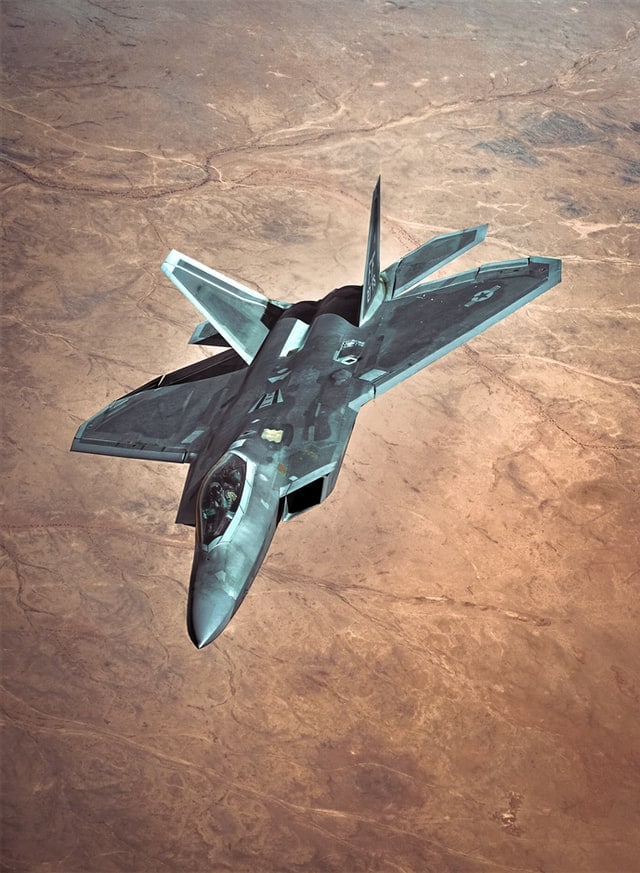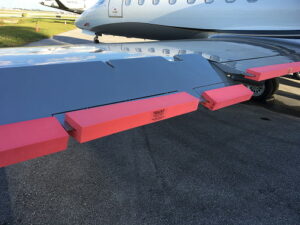
Include aircraft edge protection on all leading and trailing edges and gear doors as well as other protruding surfaces such as antenna, prop tips and vortilons.
Brightly colored covers with flags make it edges easier to see, particularly in light-colored hangars while working with white aircraft.
We recommend that flight departments create a specific checklist for each aircraft type hosted or serviced in your hangar, and training for each individual charged with handling aircraft.
Yes. There has never, in the history of aviation, been an incident resulting in hangar rash, that could not have been prevented!
The Flight Safety Foundation, estimates that “27,000 ramp accidents and incidents — one per 1,000 departures — occur worldwide every year. About 243,000 people are injured each year in these accidents and incidents; the injury rate is nine per 1,000 departures.”
Any incident on the ground (as opposed to in flight) is counted in those statistics. We don’t know how many of them involved stationary aircraft, or whether they occur in the hangar or on the ramp.
But we DO know that even a small scrape or bump can cause a serious injury or expensive repair bill!
That’s just the nature of aircraft.


Trisoft Covers makes kits for the most popular aircraft and equipment.
But we can also create custom covers for ANY aircraft or ground equipment, based on specifications.
Need more information about how to integrate Trisoft Covers into YOUR operation? Investigate our Frequently Asked Questions or browse to specifics of our covers for Business, Military or Commercial operations.
Or call us at (800) 844-2371 with any specific questions.